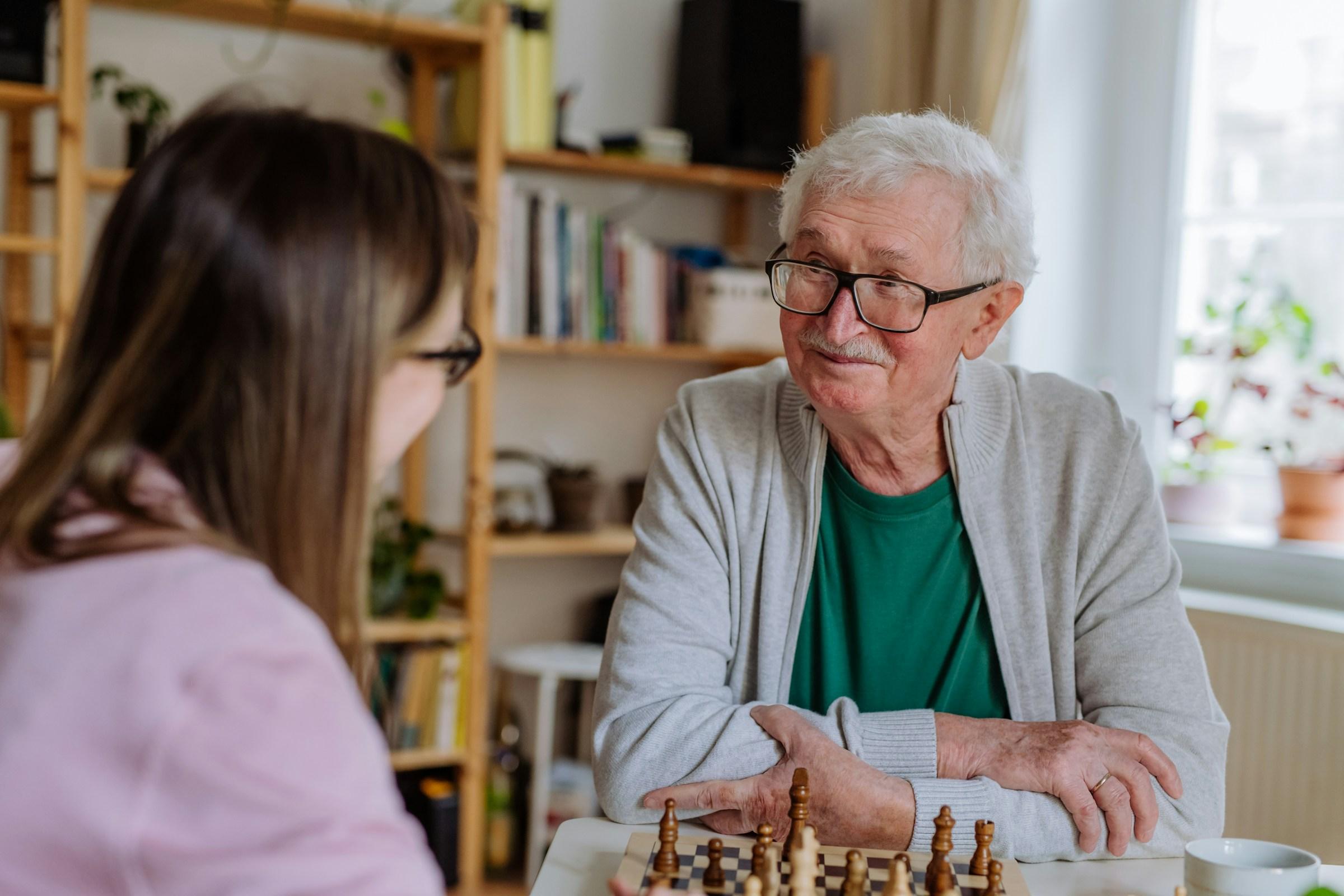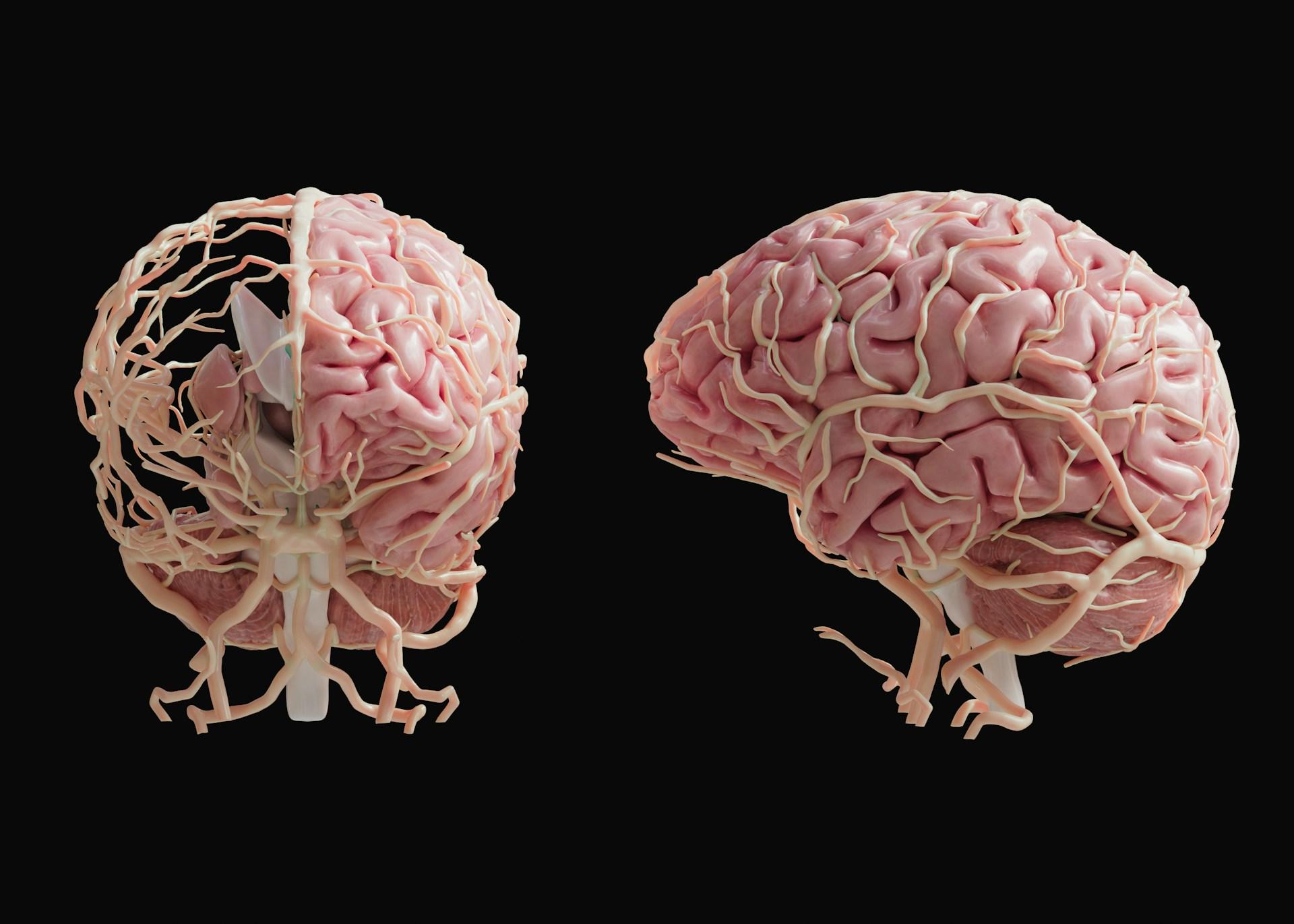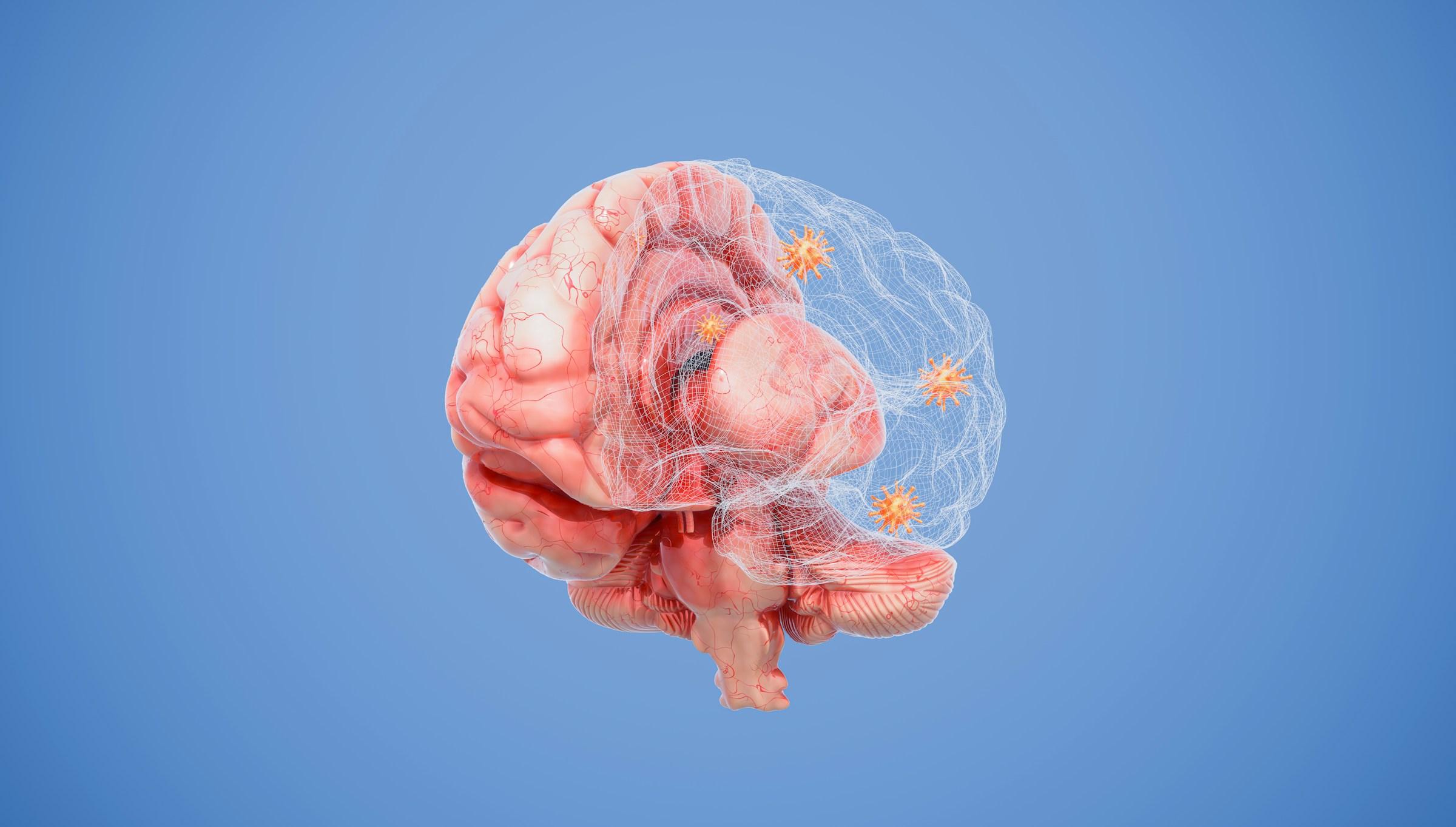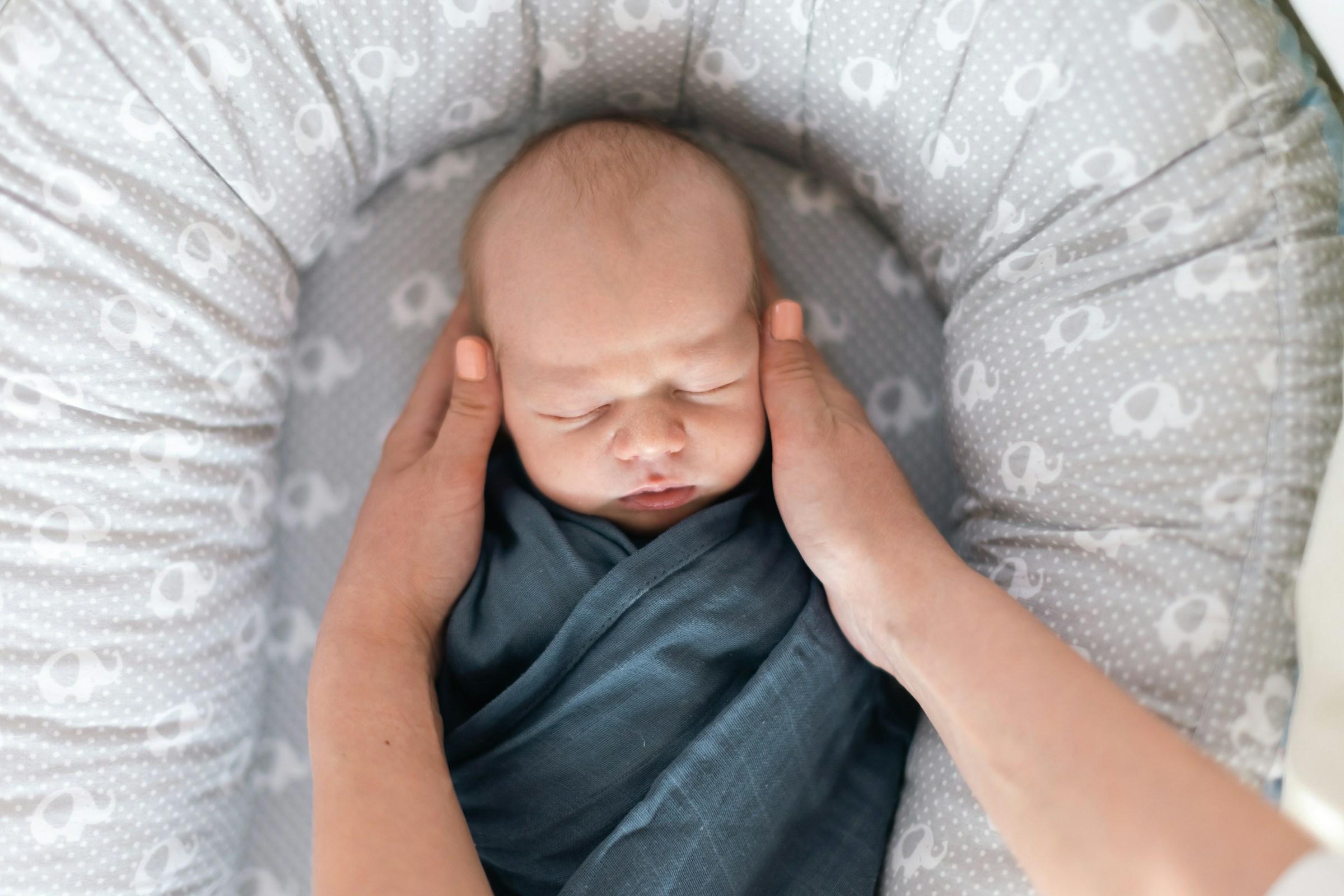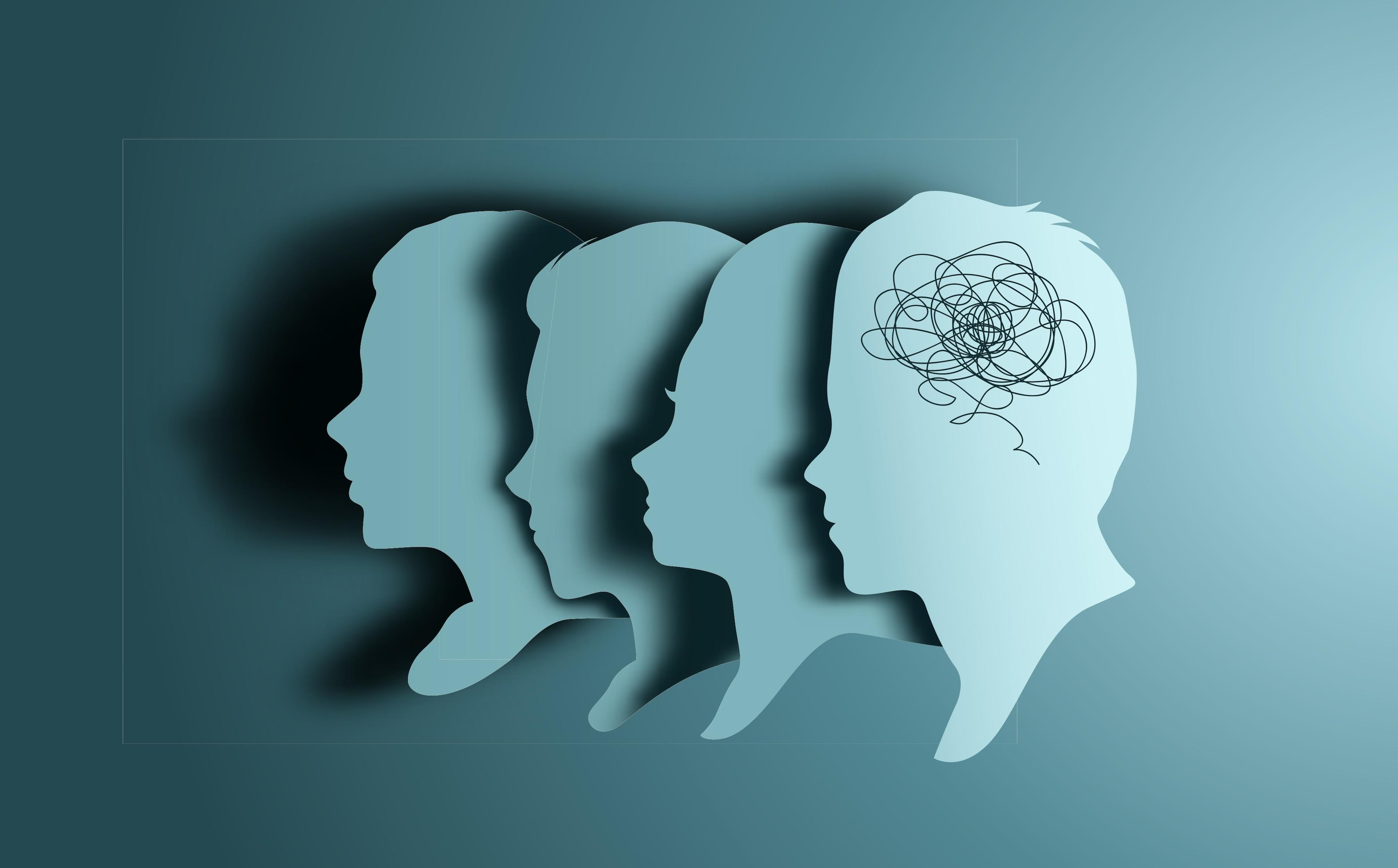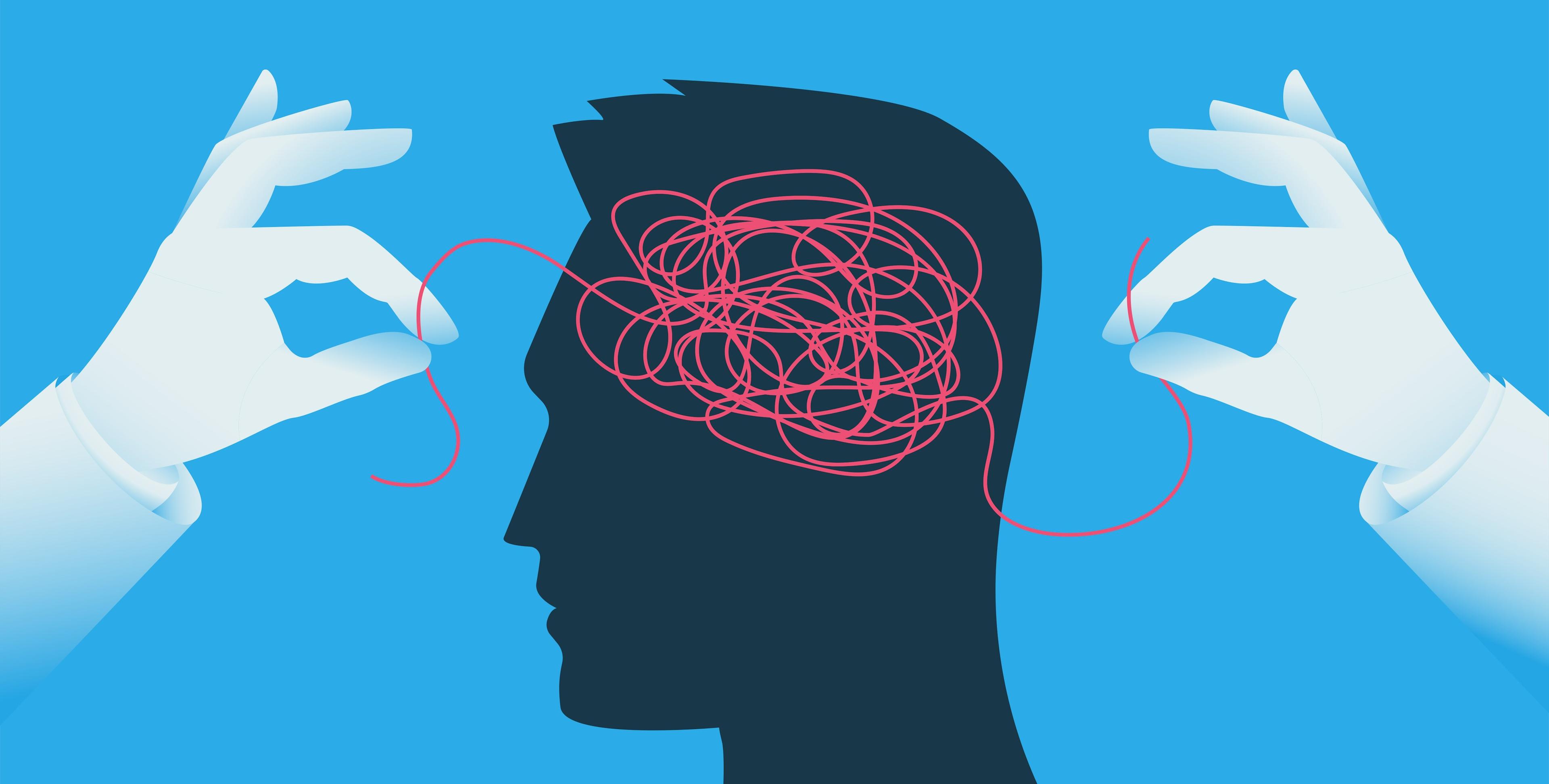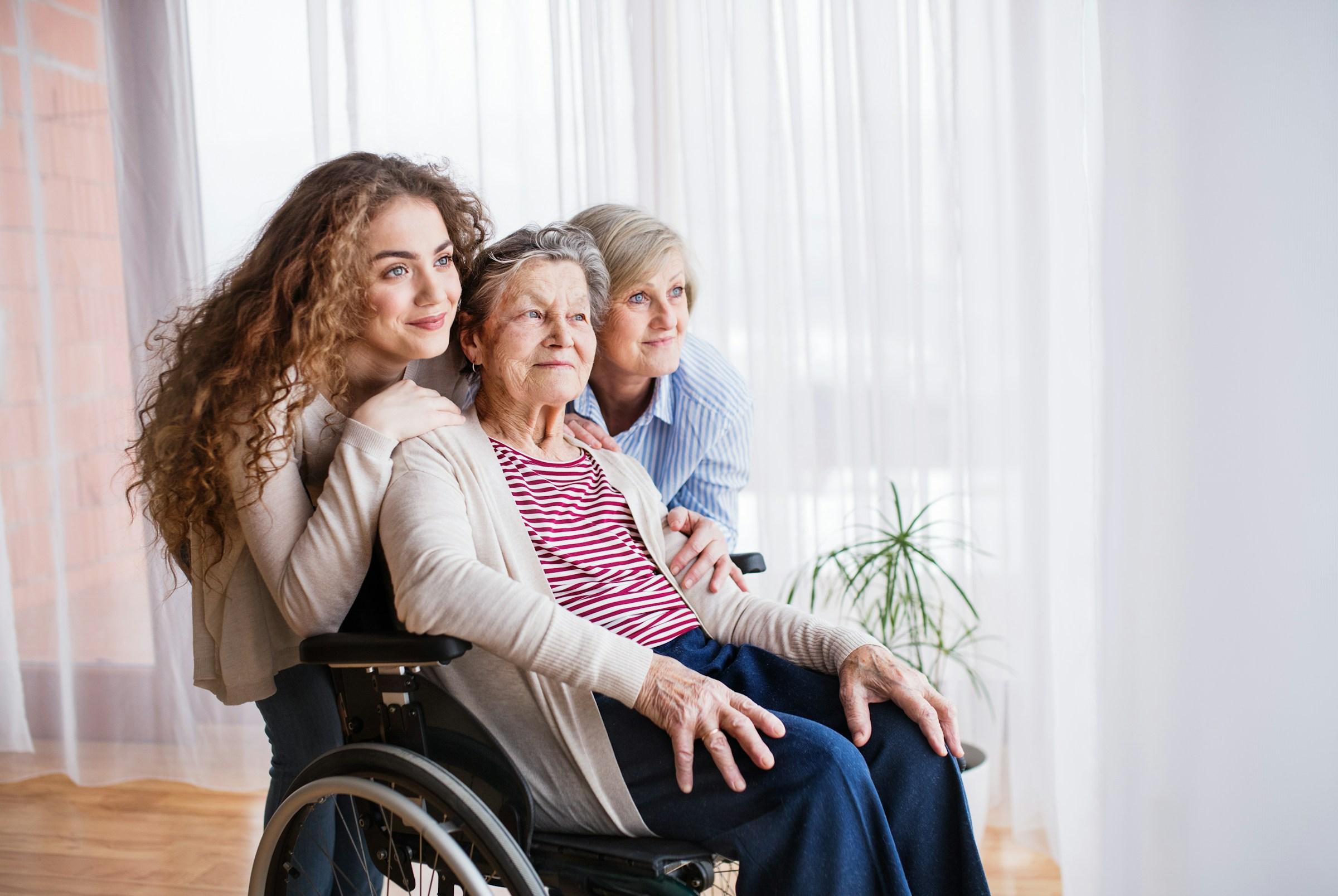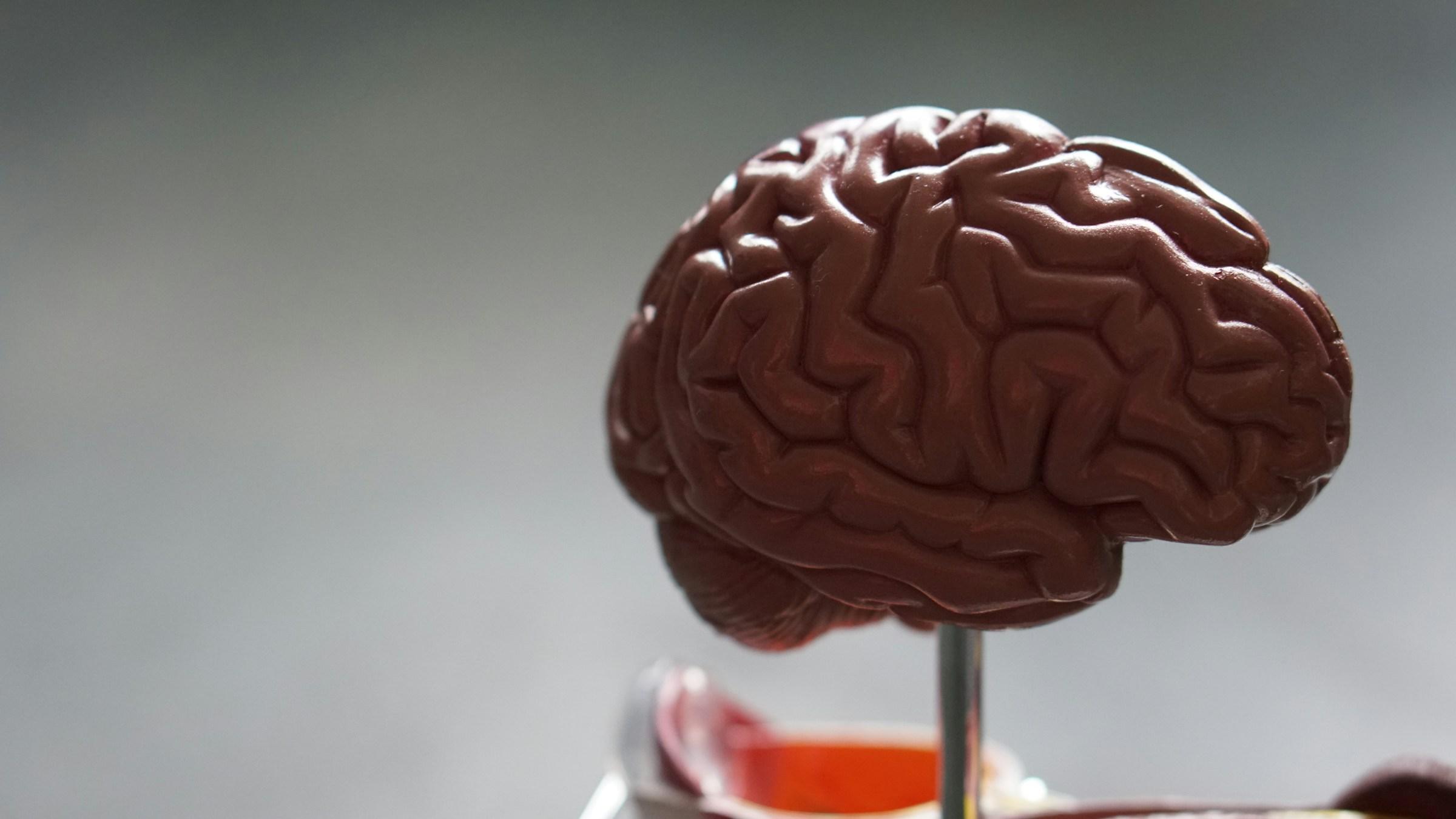Night can make the buy button glow brighter. The house grows quiet, your thoughts get sharp, and a small parcel starts to feel like a promise that tomorrow may be easier. Many people recognise that sensation. What looks like a taste for novelty can be something more tender. It can be the nervous system asking for padding, a way to soften edges that have been hard for a long time. The question then rises with care. Is shopping a trauma response, or is it simply a habit that ran ahead of intention. The honest answer is that it can be both. Not every purchase is a coping mechanism, and not every coping mechanism is harmful. Yet there is a rhythm to comfort buying that many find familiar. There is a trigger, a spiral, a hunt, a high, a brief relief, and a low that asks for another fix.
When that rhythm sounds true, blame rarely helps. Judgment is loud and it usually pushes people deeper into secrecy. What helps is noticing. Where were you when the urge arrived. What happened in the hours before. Which part of your body tensed first. These are not questions that exist to scold you. They are a blueprint for kinder design. Once you can see the pattern, you can change the conditions that keep it alive.
One place to begin is at home. Rooms can function as co regulators. They can invite the habit you want or nudge you back toward the habit you regret. If checkout has become a way to soothe, the path into your evening needs another landing. Put a glass bottle of water in the fridge and make a ritual of the twist and pour when you walk through the door. Leave a book open on a chair so that sitting and reading a paragraph becomes your first motion. Drape a soft throw on the couch and pull it over your knees before you touch your phone. Small objects can shift the first two minutes of a routine, and two minutes can shift the night.
Light forms a language that the body understands with no effort. Harsh ceiling bulbs keep the brain searching for tasks, while low warm lamps tell the body to exhale. A dimmer is not a luxury in this context. It is a cue that the day is closing. Candles offer the same signal. They are not there to perform a lifestyle. They are there to bring your attention back to your senses. When the senses have a place to settle, the cart loses some of its pull.
In many homes, the kitchen is where safety returns most reliably. A parcel at the door can feel like validation, but nourishment is a kind of certainty that goes deeper. Set a small pot of rice on a timer. Keep a jar of fruit within reach. Place your tea tins where they meet your eyes first. When food and drink are easy, novelty has less room to sell itself as relief. The body is always listening. When evenings arrive with simple comfort, the body relaxes more readily into the present.
Wardrobes often carry the weight of decision fatigue. A new top can look like a solution to tomorrow morning. The fix is not more choice but more intention. Try a Sunday ritual where three outfits are chosen for the week. Use what you already own. Steam the pieces you pick. Hang them on a single rack. Spritz a light scent that you associate with clarity. Dressing then becomes a calm sequence rather than a scramble, and the scroll through shopping apps loses a piece of its power.
For those nights when the urge to buy still crests, add a pause that feels like an invitation rather than a barrier. Save items you like into one page and revisit it only on a single day each month. Read each item out loud and ask what job it will do in your home. If you cannot name a job, close the tab and thank the image for its brief service to your imagination. The point is not austerity. The point is relationship. You want your belongings to have a life with you, not a life in a box.
Storage can help you see yourself more clearly. Place a clear bin near the door with a simple label that says To Rehome. Drop duplicates inside when you notice them. You are not punishing yourself. You are letting air move through the house. At the end of the month, pass the bin on. Your rooms will learn a new script. Things do not have to stay with you to have been meaningful.
The internet is a tide, and your feed is a shoreline you can tend. Follow accounts that show repair, mending, meal planning, secondhand joy, and slow living that does not scold. If your feed sells a fix for every mood, you will begin to feel broken by default. Trade a few sellers for makers. Watch a potter shape a bowl until your breath matches the turn of the wheel. Beauty that asks you to participate is different from beauty that asks you to pay.
Money is more than arithmetic. It is also a mood. When finances feel spiky, shopping will often spike in step. Choose a single number for the month that covers food, transport, and small pleasures, then put that number somewhere visible. Not a strict budget with many categories. A soft ceiling that respects reality. When the ceiling draws near, let your home offer activities that cost little and give a lot. Sit in the morning sun on your balcony. Walk after rain. Soak in the bath with the lights off and one song on repeat. Pleasure that is within reach grounds the body in a way that the promise of a parcel cannot match.
It can help to widen the definition of trauma. It is not only a headline event. It can be a long season of unpredictability. It can be a year of caretaking where your own needs were always last. It can be a job that dissolved your boundaries one small compromise at a time. The body remembers these chapters. It tries to create stability with the tools it recognises. Shopping is one of those tools. It is not the villain of the story. It is a method you learned when you had fewer choices. As other choices become available, you can gently retire the ones that cost too much.
Rituals work because they repeat. Build a five sense reset that takes five minutes. Touch a textured object that grounds you. Smell a citrus peel you keep in a small jar. Sip warm water and follow the swallow with your breath. Look at a plant that you water each evening. Listen to the same short track while you do all four. The brain loves familiarity. Give it a soundtrack that comforts you without demanding a courier.
If you find yourself inside an app before you notice what you are doing, shift the goal. Add the items to a list titled When I Still Want This In Thirty Days. Rename the list often so it stays visible. The renaming becomes a small ceremony. You are acknowledging the part of you that wants beauty and ease. That part is welcome. It needs a calendar that respects your future self. Design your entryway as a decompression lane. A hook for your bag prevents the drop that turns into a mess. A shallow basket for mail keeps paper from invading the kitchen. A small tray for keys saves you from midnight searches. Chaos pushes people toward quick fixes. Order makes rest easier to choose.
Bathrooms can become sanctuaries that require no parcels. Fold two clean towels and stack them beside the tub. Decant a product you already love into a glass pump so it feels special. Put a hardy plant on the sill. Use the same robe each night so your muscles connect that fabric with release. When a room offers comfort as it is, you will ask less from a cart.
Invite a friend into your practice, not as a monitor but as a witness. Share a weekly photo of something you repaired or repurposed. Swap a book. Borrow a dress. Community has always been part of the antidote to survival shopping. We do not need to own every beautiful thing to be held by it. Sometimes it is enough to be held by the exchange.
Therapy may be part of the design for some people. A professional can help you map the original signal beneath the spending and can help you name what you were protecting. You do not have to carry this work alone. In the meantime, your home can soften your shoulders long before you open a browser. That is a form of progress that counts.
The body keeps score, but it also keeps habits. Dress the habits you want in fabric and light. Make the path to calm shorter than the path to checkout. Put the kettle in front of the keyboard. Place the book on top of the tablet. Tape a small note on the back of your phone that says Drink water first. It will look a little silly. It will also work. The point is to build an arrangement of cues that make care easier than consumption.
The story does not end with a ban on joy. Stuff can be lovely. Beauty matters. The shift is from reflex to relationship. Buy when the item will live a full life in your routines. Buy when it solves a friction that drains you. Buy when you want to steward an object, not escape into it. That is how spending becomes part of your well being instead of a substitute for it.
If you have ever waited at the door for the courier more often than you waited for a friend, forgive that version of yourself. You were trying to feel safe. Safety is not a single event. It is a system of small choices repeated until the body believes them. Light that tells you the day is closing. Order that greets you at the door. Food that arrives from your own stove. A chair with a book open to the right page. A song that signals a return to breath.
When these elements gather, the urge to buy shifts. You may still enjoy a parcel now and then, but the parcel will no longer carry the weight of your peace. Relief will begin to arrive in the way your space breathes with you. The answer to the original question changes shape. Shopping may have been a trauma response. It does not have to remain one. You are allowed to want comfort. You can design for it in ways that make your life larger rather than smaller.
What we repeat becomes how we live. Choose rituals that hold you. Choose rooms that co regulate instead of rooms that call for more things. Choose a relationship with money that respects today and protects tomorrow. The cart will quiet when your nights are already kind. And you will find that the feeling you were chasing through parcels is available in the place you return to each evening.



.jpg)
